Every resin artist has likely faced these problems:
- Resin still soft and bendy after 24 hours?
- Sticky surface, bubbles, or uncured edges?
- Measured everything carefully… and still failed?
The truth is, different types of resin—like UV resin and epoxy resin—have very different curing mechanisms, timing, environmental needs, and tool requirements. Misunderstanding these differences often leads to failed cures, wasted materials, and ruined pieces.

In this article, we’ll explore two key questions:
- What factors affect curing success?
- How can you avoid failure and achieve ideal results?
PART 1: What Causes Resin to Cure Improperly?
To get strong, smooth, bubble- free resin results, it takes more than skill—it requires science. That includes choosing the right resin, using it properly, and curing it under suitable conditions.
Inaccurate Ratios: Most epoxy resins require exact 1:1 or 2:1 A:B mixing. If off even slightly, the resin may never fully cure or become brittle.

Under- or Over-Mixing: Poor mixing can result in soft spots or trapped bubbles. Over-mixing can introduce too much air.

Wrong Temperature or Humidity: Ideal curing range is 23–28°C with humidity below 60% RH. Too cold or damp? Curing will fail.

Using the Wrong Tool or Resin Type: For example, UV light won’t cure epoxy resin—ever.

PART 2: How to Avoid Curing Failures (UV Resin vs. Epoxy Resin)
Resin type matters. Each has its own chemistry and ideal working conditions.
🟣 UV Resin
UV resin cures with ultraviolet light. It’s fast and great for small-scale, fine-detail work—but very sensitive to light exposure and layer thickness.
|
Issue |
Likely Cause |
Tips |
|
Surface remains sticky or rubbery; orange peel texture |
Resin layer is too thick; light doesn’t penetrate |
Keep each layer under 3mm; use a high-power UV lamp and cure in stages |
|
Yellowing or odor |
Cheap resin or poor lamp wavelength |
Use quality resin and lamps rated 365–405nm |
|
Uneven or slow cure |
Light angle or degraded resin |
Rotate lamp position; use a ring lamp or diffuse light; store resin properly |

🔵 Epoxy Resin
This two-part resin cures via chemical reaction (A + B). It’s best for large pours, artwork, or molds—but sensitive to ratio, temperature, and time.
|
Issue |
Likely Cause |
Tips |
|
Long cure time or doesn’t harden |
Incorrect ratio / under-mixed / humidity too high |
Use a warmer or curing chamber; avoid mixing too little resin |
|
Lots of bubbles inside |
Mixed too fast / didn’t degas |
Use a vacuum chamber or torch, let resin rest 30+ mins before pouring |
|
Soft or deformed final piece |
Wrong ratio or overheating |
Measure accurately, mix in phases, avoid thick single pours |
PART 3: Why the Right Curing Tool Matters
Even with correct ratios and curing times, resin projects can still fail—often due to mismatched or inadequate tools.
As resin creators increasingly require faster workflows, more stable curing environments, and higher precision, having the right equipment becomes essential. A reliable curing station can significantly improve success rates and reduce uncertainty.
Introducing the Resiners 2-in-1 Cure Station, built to meet the needs of modern resin artists:
✅Compatible with both UV and epoxy resin—no need to switch between devices.
✅Controlled, enclosed, dust-free environment ensures more consistent results.
✅Shortens curing time and reduces failure caused by environmental factors.
The official release is scheduled for August 6.
Designed to let you focus on your creativity—not your curing process.

Final Note: Final Insight: Let Your Tools Work for Your Art
Successful resin art comes from a balance of chemistry, control, and the right tools.
- Understand your materials—UV and epoxy resin behave differently.
- Manage your environment—dust, temperature, and humidity all play a role.
- Choose tools that support your process—not complicate it.
With the right combination, you can reduce failures, increase consistency, and reclaim the joy of creating.
Less stress. More success. Resin art, redefined.

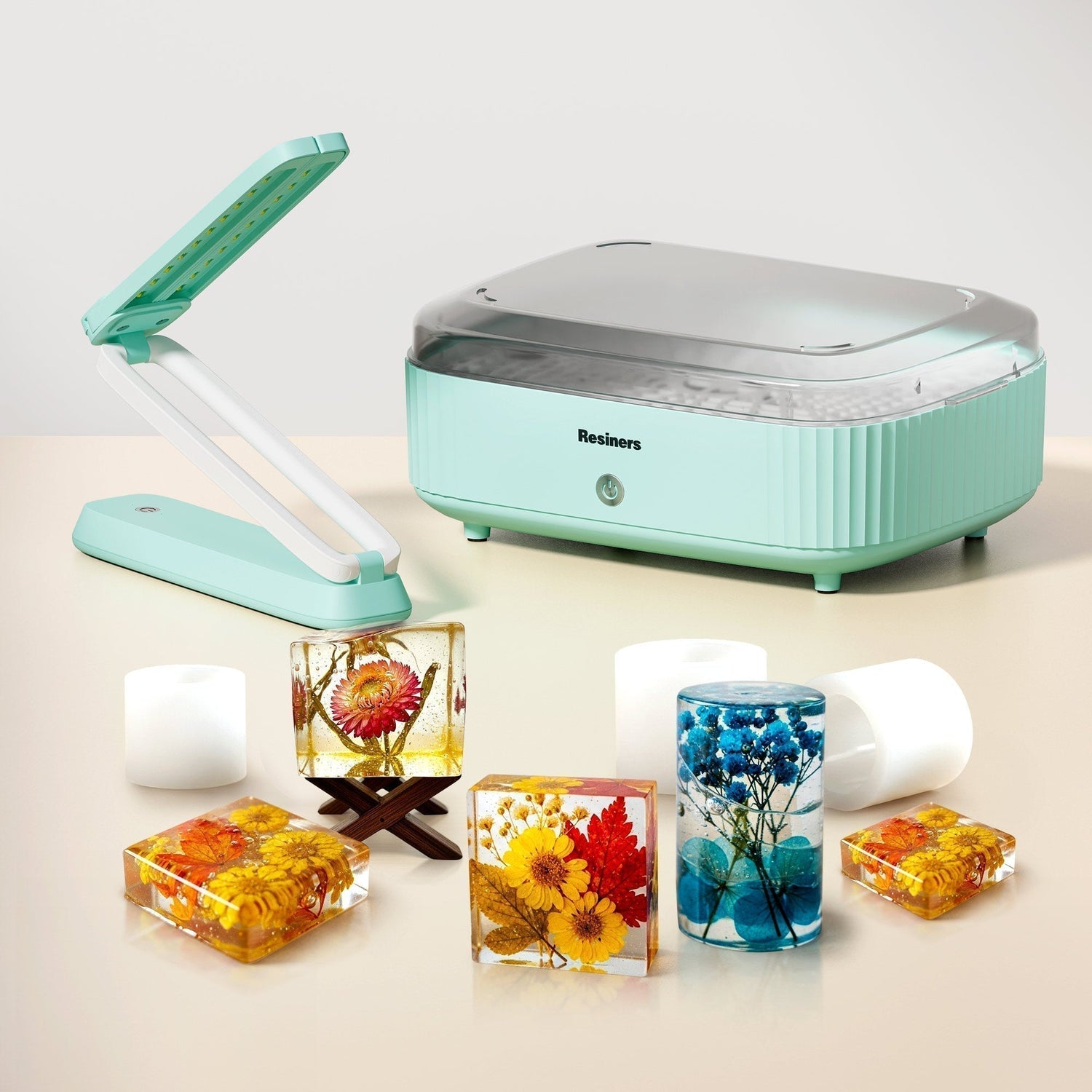

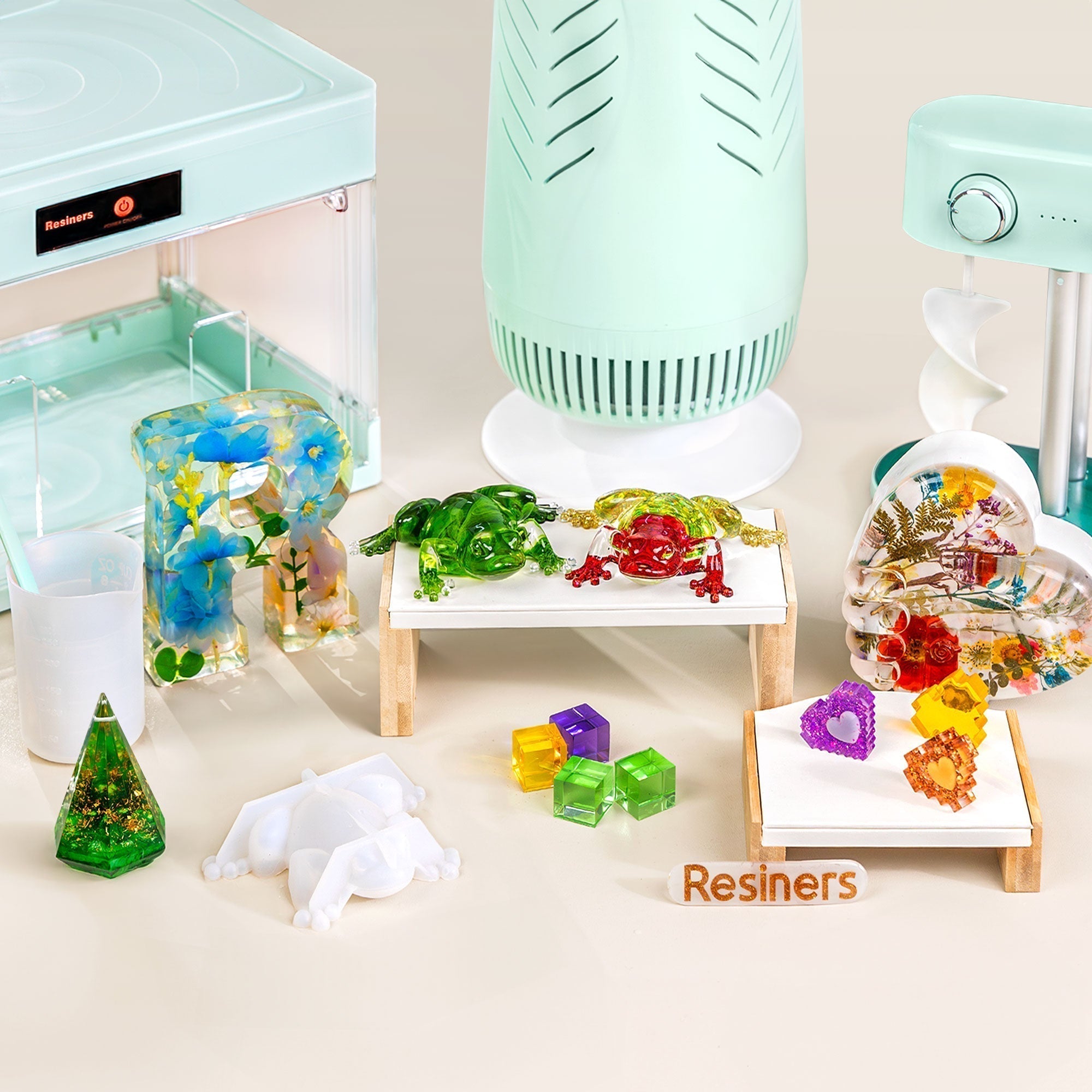
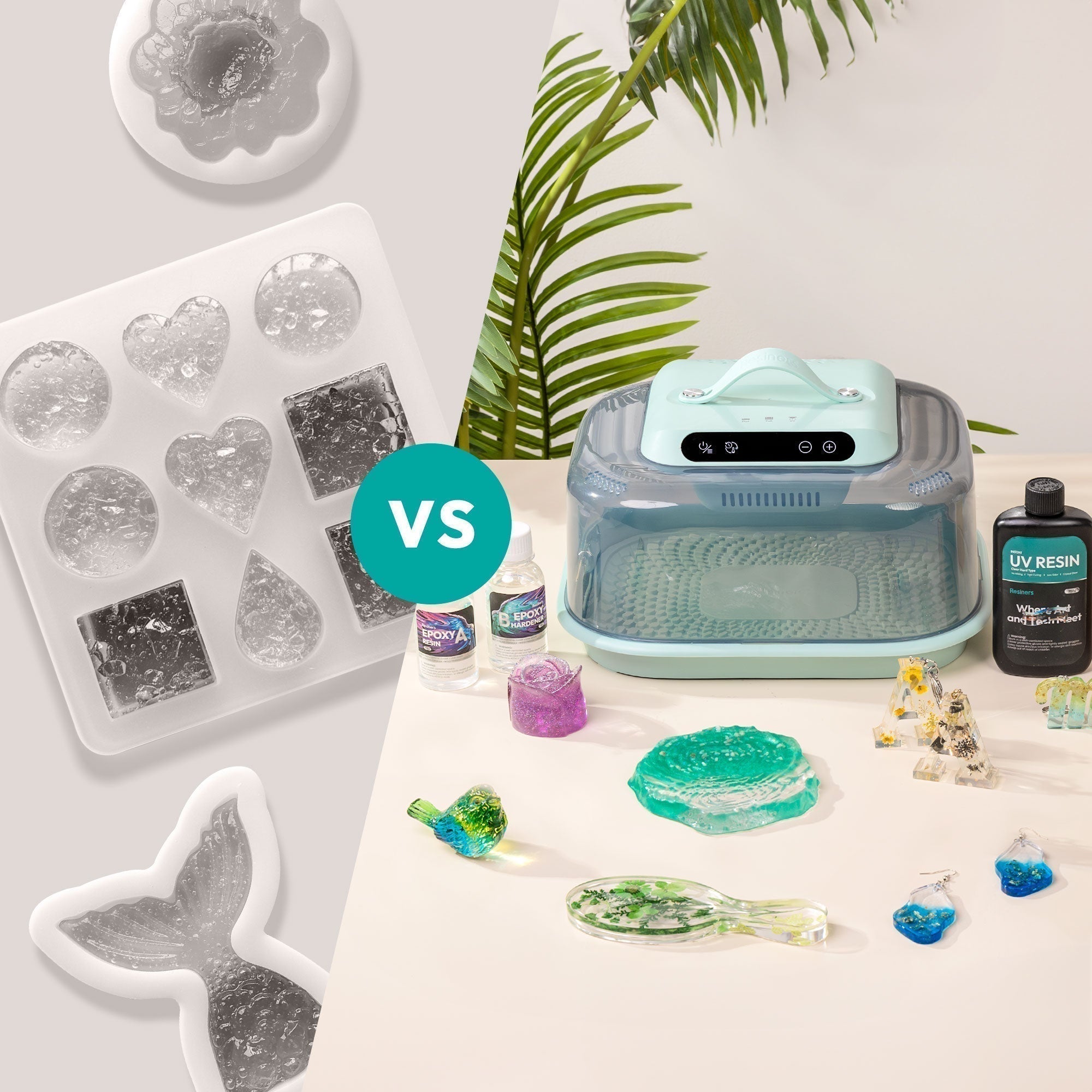
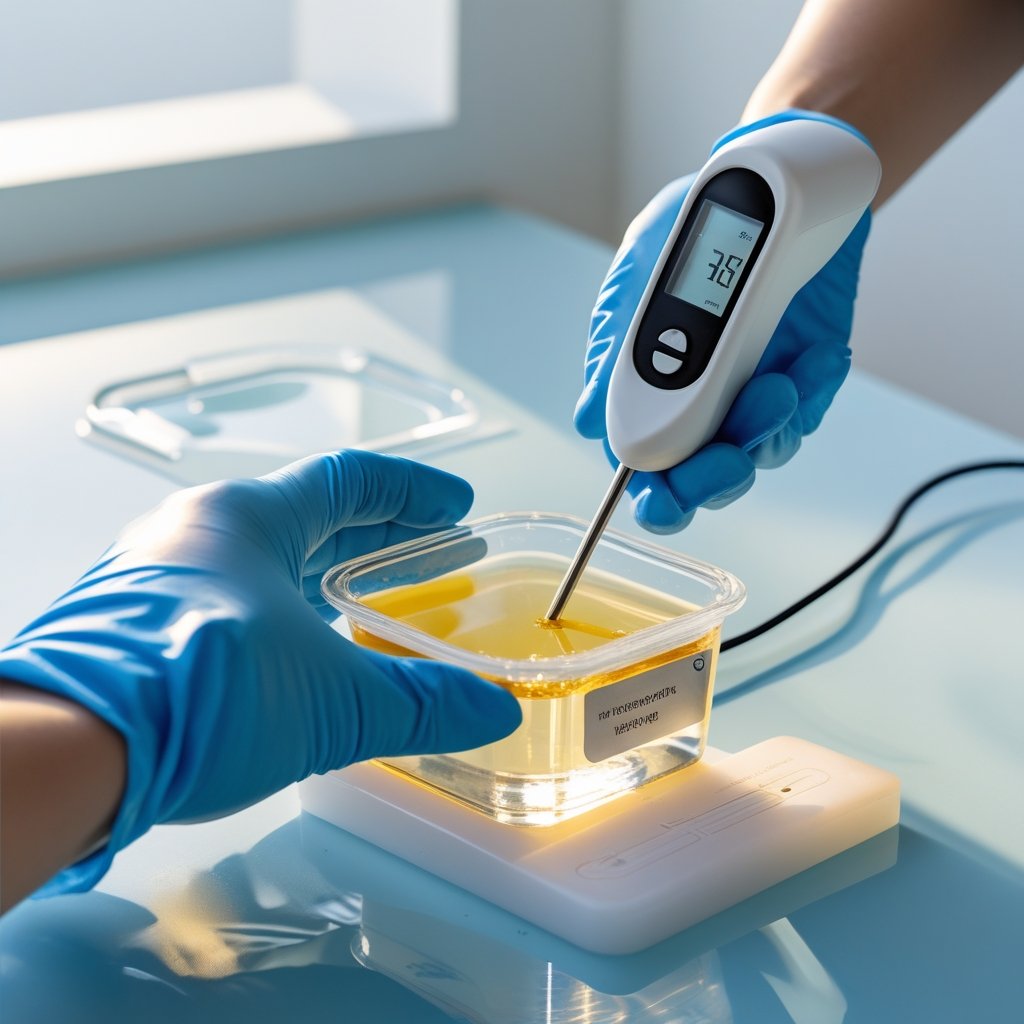
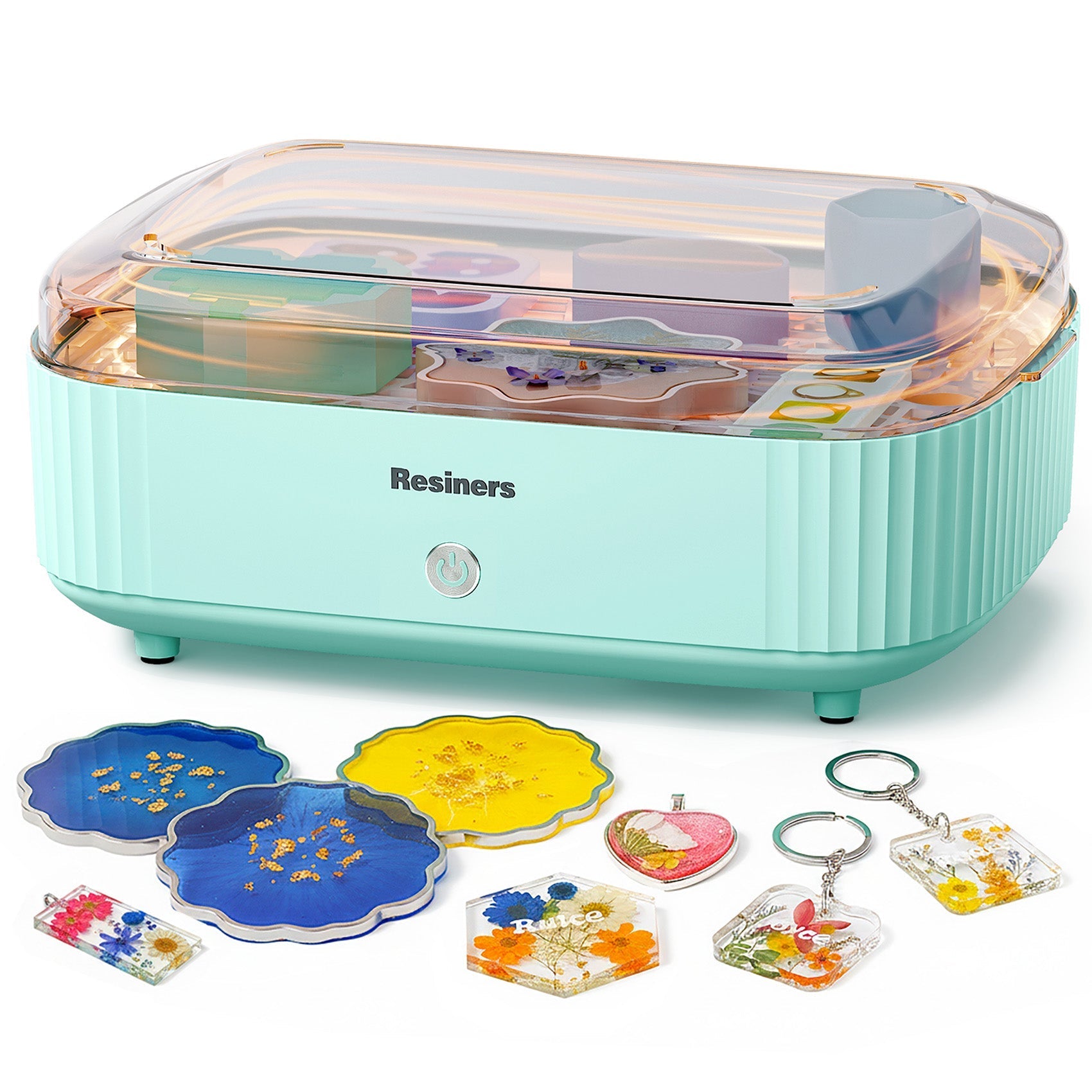
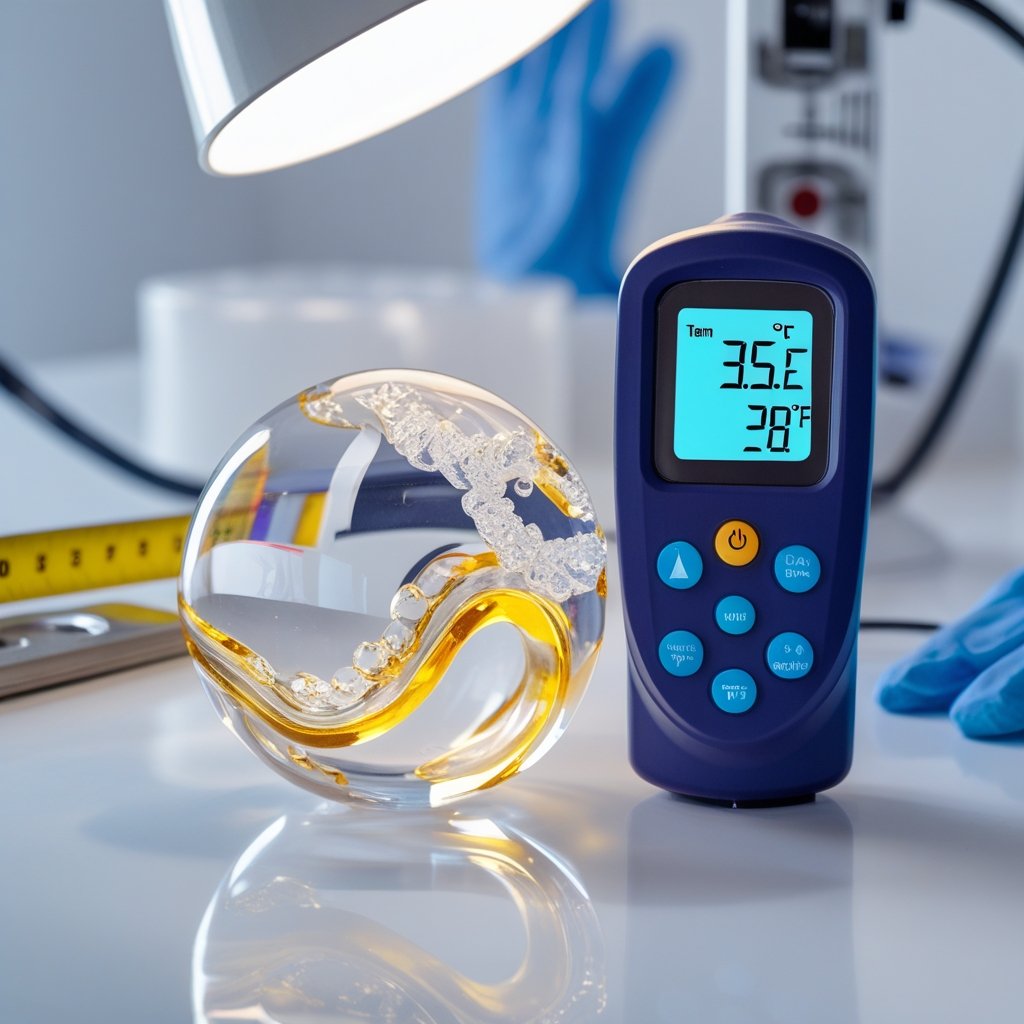

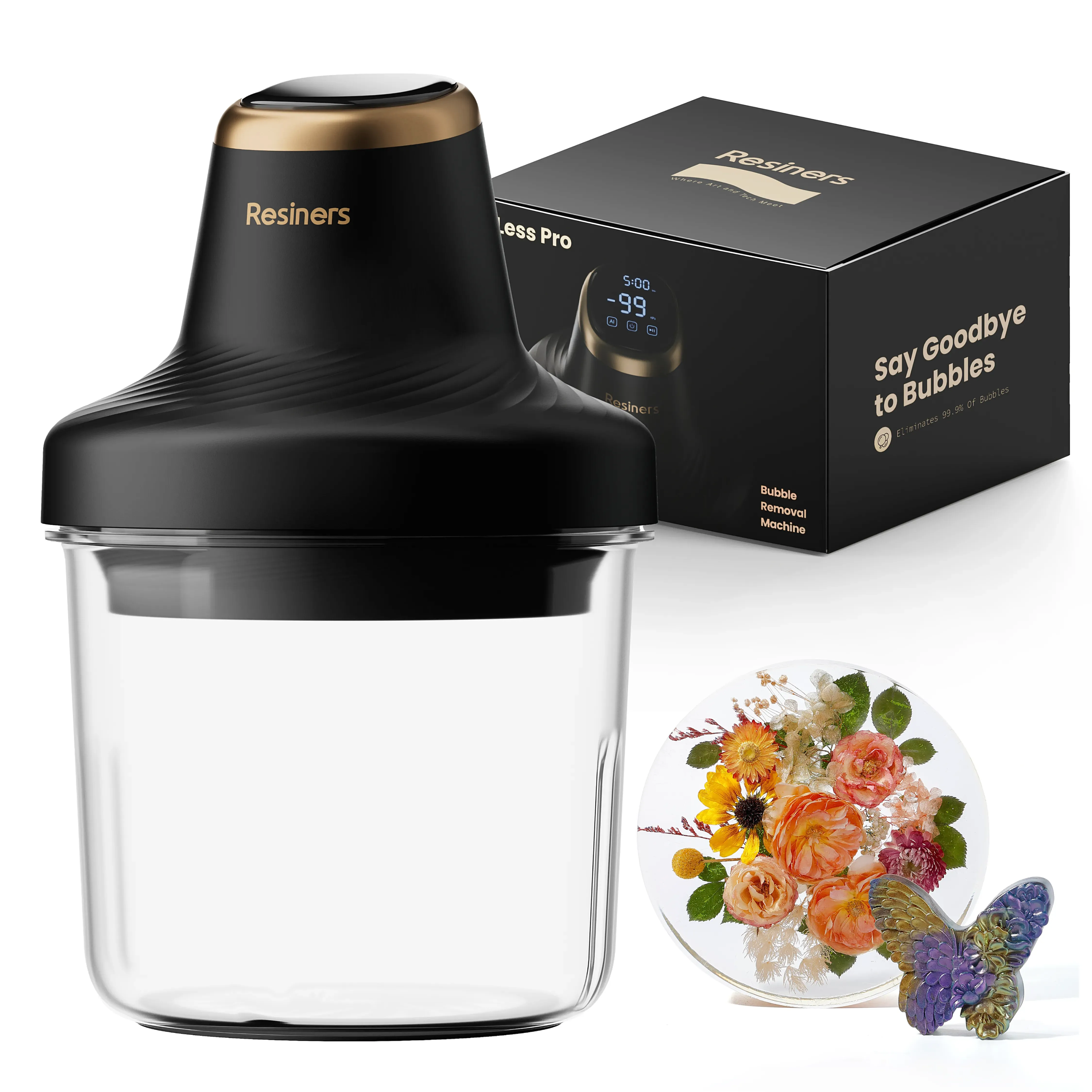
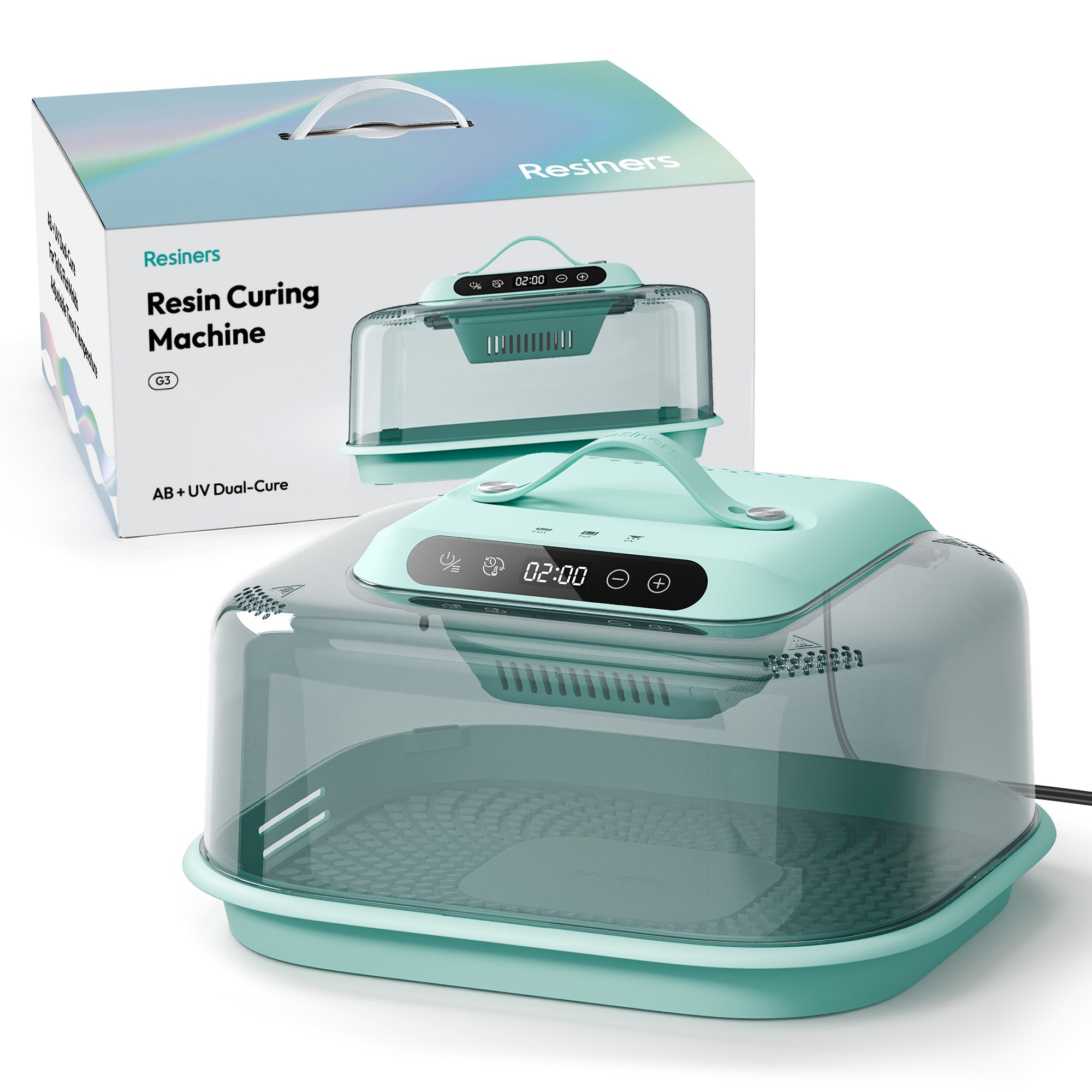

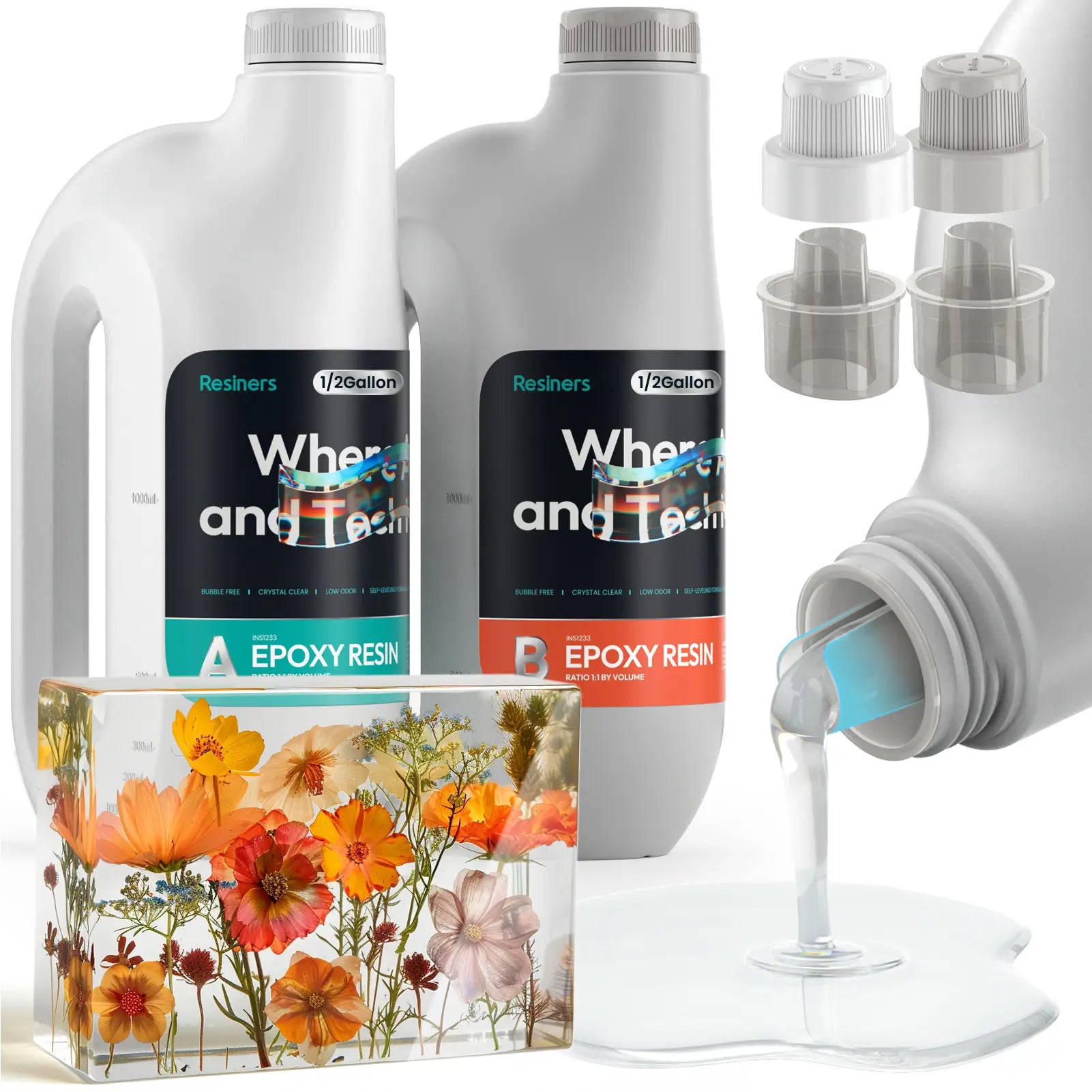
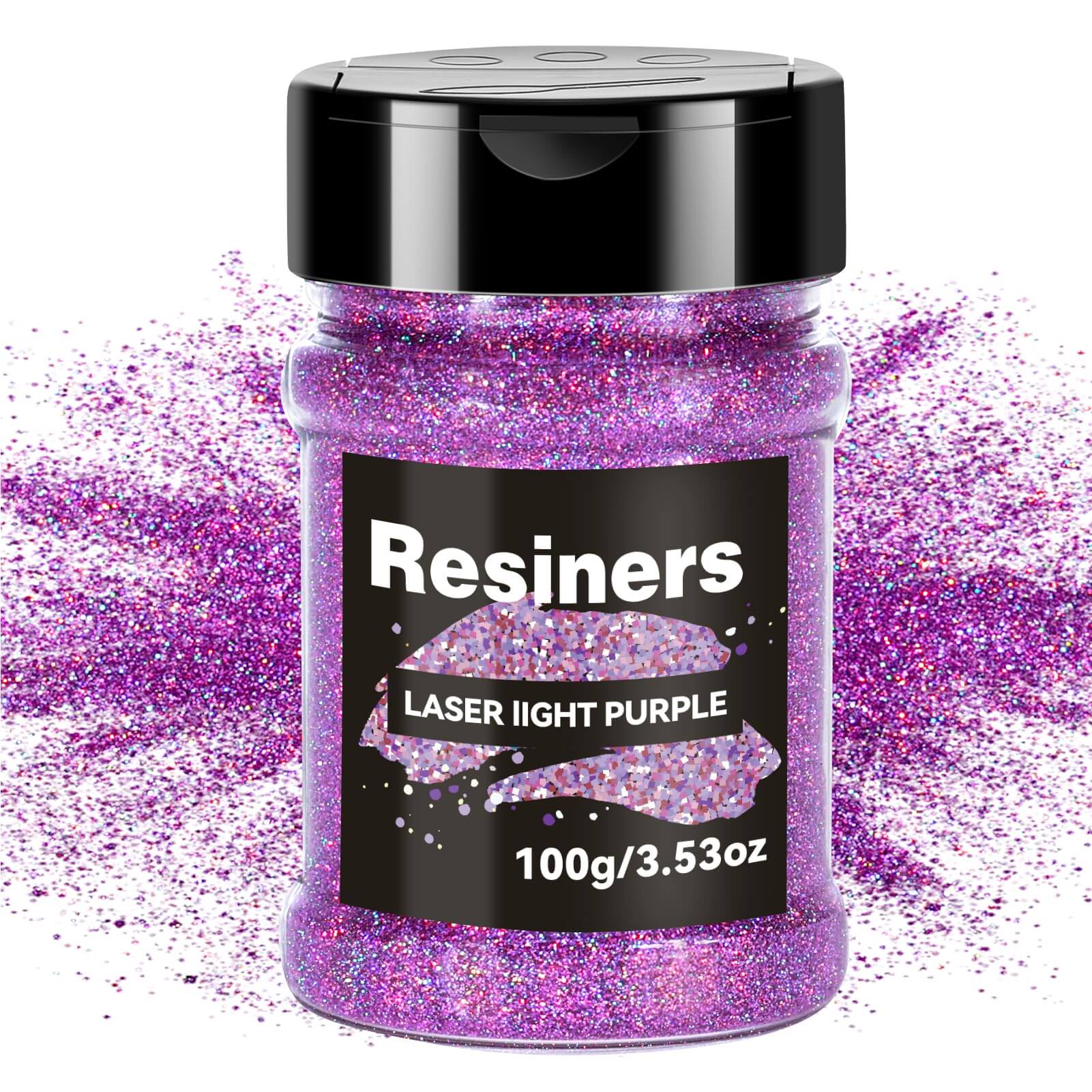
تعليق واحد
Lorraine Radauskas
Hope this machine works for me. I’m especially worried about the safety factors with using resin.
اترك تعليقًا
This site is protected by hCaptcha and the hCaptcha Privacy Policy and Terms of Service apply.